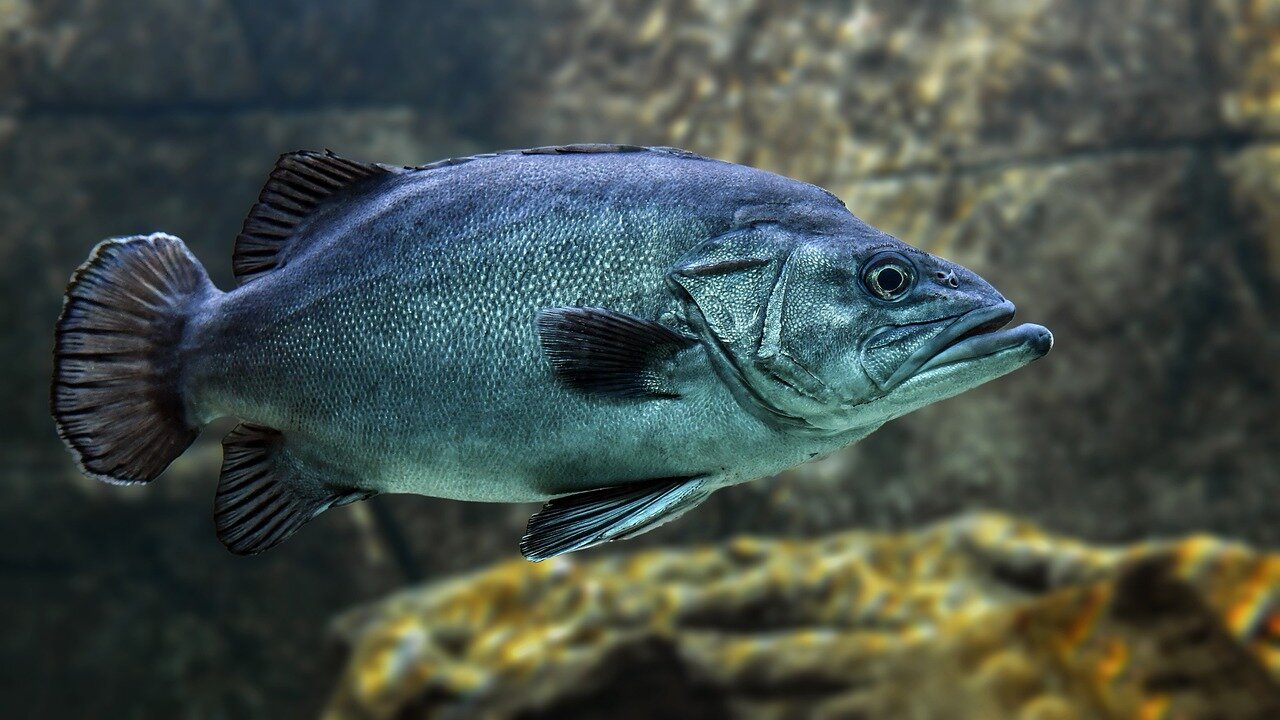Physical Address
304 North Cardinal St.
Dorchester Center, MA 02124
Physical Address
304 North Cardinal St.
Dorchester Center, MA 02124


Yes, sharks have a small, flattened tongue that is linked to the mouth’s floor. It is cover with tiny, tooth-like structures known as papillae and is form of cartilage, exactly like the rest of the shark’s skeleton. The shark can hold and move the food in its mouth with the aid of these papillae.
Sharks’ tongues are primarily utilize for feeding and swallowing, as oppose to humans and other mammals that use their tongues for tasting. Since sharks have unique sensory organs called lateral lines that enable them to sense the presence of prey in the water, they do not utilize their tongues for taste. Additionally, sharks vary from mammals in their type of taste bud. Sharks have taste buds inside their mouths, as opposed to mammals who have them on the outside of their tongue.
Shark tongues perform several of the same functions as mammal tongues despite being quite different from each other. For instance, both mammals and sharks use their tongues to help them swallow and manage the food in their mouths.
The functions of the tongues of sharks and mammals are differently, nevertheless, due to differences in their architecture and physiology. Overall, sharks do have tongues, but these tongues are not similar to those of humans or other mammals. Sharks do not use taste in the same way that mammals do; instead, they primarily use their tongues for feeding and swallowing.
In conclusion fish do have tongues or a structure that resembles a tongue somewhat. It’s interesting to note that some species of fish actually use their tongue teeth to aid in the swallowing of their prey rather than enabling the fish to chew their prey. Because the teeth are angle backward, prey can only move in the direction of the throat and cannot move forward toward the front of the mouth.
I recommend you to read this post next: Do Fish Have Bones? and Does Fish Have Brain?